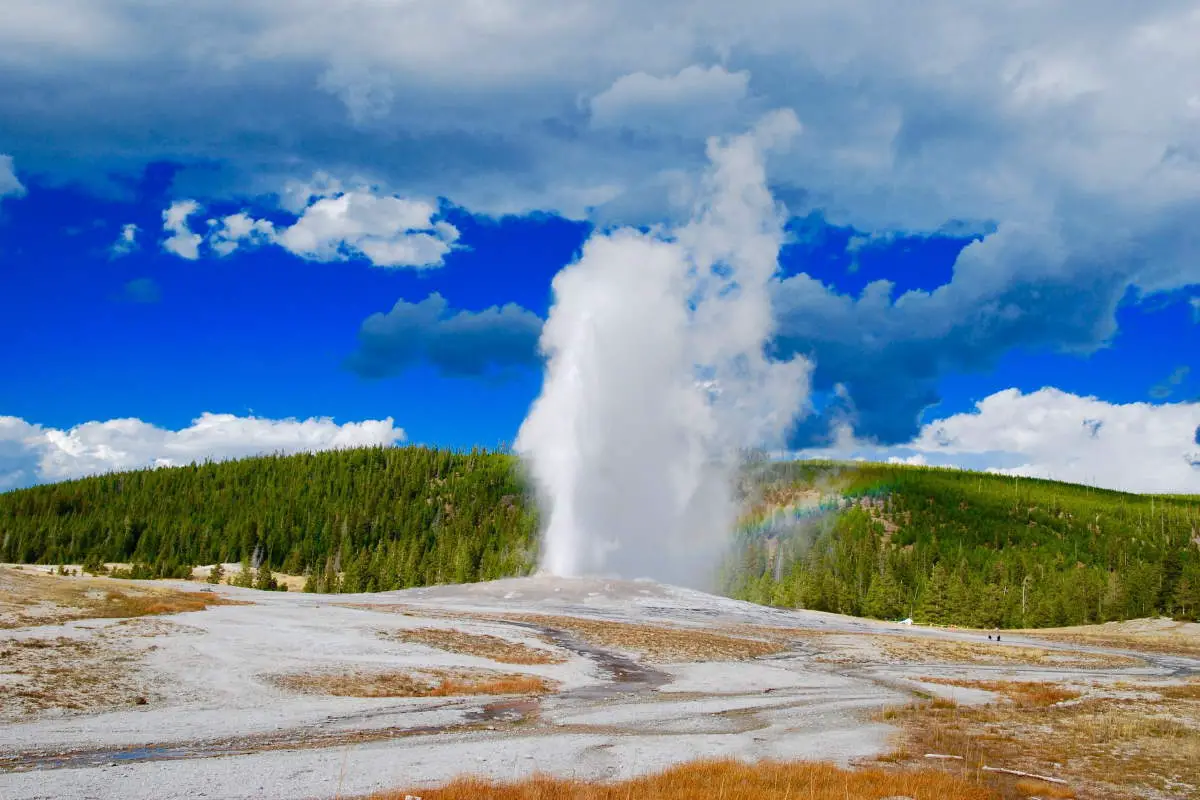What if an unfathomably hot, never-ending, never-varying heat source existed that could be harnessed for energy production? This heat source does exist. Right beneath our feet. The top of the Earth’s mantle hovers around 1000 degrees celsius, achieving access to it would make the efficiency of all other current energy sources pale by comparison. With global ocean temperatures continuing to climb, concerned organizations and individuals continue to seek a solution for our presently unsustainable energy production methods.
Oftentimes, in mitigating damage to the environment we focus on implementing small household practices, and lifestyle adjustments. Turning off the lights as you leave a room, carpooling instead of driving alone, lowering your thermostat in the winter. We’ve heard all of these tips. While they’re certainly a step in the right direction, a long-term solution will probably need to come from inspired innovation. Drilling deep into the earth to draw the power of the heat out of it might just be the answer.
What Is Geothermal Energy?
Residual heat and vast amounts of friction underneath the earth’s crust generate geothermal energy. Because the heat continually replenishes itself, it’s an energy source that virtually cannot be exhausted. In addition to releasing only one-sixth of the CO₂ that traditional fossil fuel power plants release, it’s also immensely easier to harness, and therefore, more affordable. Traditional power plants create their own heat by burning coal or other substances. This heat is then used to boil water that proceeds to spin a turbine and charge a battery. Geothermal energy requires no heat production – all you need is a pump and a turbine.
Unlike solar farms that rely on sunshine and wind farms that rely on air currents, geothermal energy is much more reliable because it’s always being released, irrelevant of what’s happening above ground. Furthermore, because of the centralization and simplicity of the turbine mechanisms, this energy is much easier to store than energy produced by solar or wind. So geothermal energy is not only cheaper to harness, but it’s also easier to store.

How Is Geothermal Energy Captured?
A few different techniques for harnessing geothermal energy exist. The first and most difficult step in setting up this kind of power plant is locating a fitting seismic area and then safely drilling down deep enough. The kind of steam involved determines how deep the hole must be – whether it’s dry steam, flash steam, or low-temperature steam. When the drilling is complete and the human-made well finished, pumps are ready to draw out the super-deep fluids which transform into steam as they come up and the pressure changes. The steam passes through turbines and causes them to spin.
Meseret Teklemariam Zemedkun, the Energy Programme Manager at the United Nation Environment Programme (UNEP) explains, “Geothermal is one hundred percent indigenous, environmentally friendly and a technology that has been under-utilized for too long. It is time to take this technology off the back burner in order to power livelihoods, fuel development, and reduce dependence on polluting and unpredictable fossil fuels.”
Geothermal Energy Limitations
So if geothermal energy can reverse the world’s current climate change trajectory, why hasn’t it become our main energy source?
For the installation of this kind of power plant to make sense, geothermal plants need to be built in specific places that have tectonic hotspots. For countries like Turkey, Kenya, Indonesia, Iceland, and New Zealand that are located in particularly seismically active zones this isn’t a problem. But for countries distanced from the continental rift, accessing the seismic heat is much more difficult.
Technological advancements such as the use of dry steam, flash, and geothermal power plants are facilitating geothermal energy collection in places far from seismic areas, but in spite of these developments, it seems that focusing on places that are already tectonically active is our best bet for accessing the earth’s energy.
Another obstacle geothermal energy needs to overcome is the high upfront costs. Susan Hamm, the director of the U.S. The Department of Energy suggests that “The subsurface exploration required for geothermal energy is foremost among these barriers, given the expense, complexity, and risk of such activities.” Because of high initial construction and drilling costs, governments, and leaders in the energy industry are struggling to get the necessary funding for what often seems like a risky bet.
But perhaps the biggest hurdle that stands between us and widespread geothermal energy production is the imminent risk of earthquakes that these activities cause. Although seismic zones are the best option for minimizing the cost of digging, these already seismically volatile areas pose a risk of becoming even more volatile. Imbalances in pressure and heat under the surface have been known to cause small earthquakes. One of the more recent examples of such an earthquake was the 2017 quake in South Korea which injured more than 100 people and damaged property.
The Future
Although the renewable energy industry still has a distance to cover before geothermal energy can be accessed and used at scale, new methods of safely drilling and tapping into these seismic gold mines continue to arise. At current rates of technological advancement, improved instruments for analyzing what lies beneath the earth’s surface and renewed determination to produce green energy will likely make geothermal energy a safe and affordable energy source within the next few decades.
- Perseverance Rover’s Historic Mars Landing will be a Huge Scientific Leap - February 17, 2021
- Can Geothermal Energy Save Us From Climate Change? - January 8, 2021
- Can DNA Solve The World’s Data Storage Problem? - November 6, 2020

